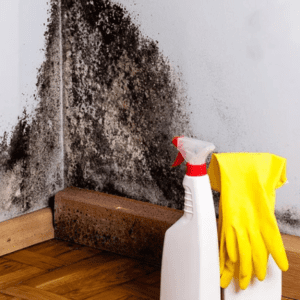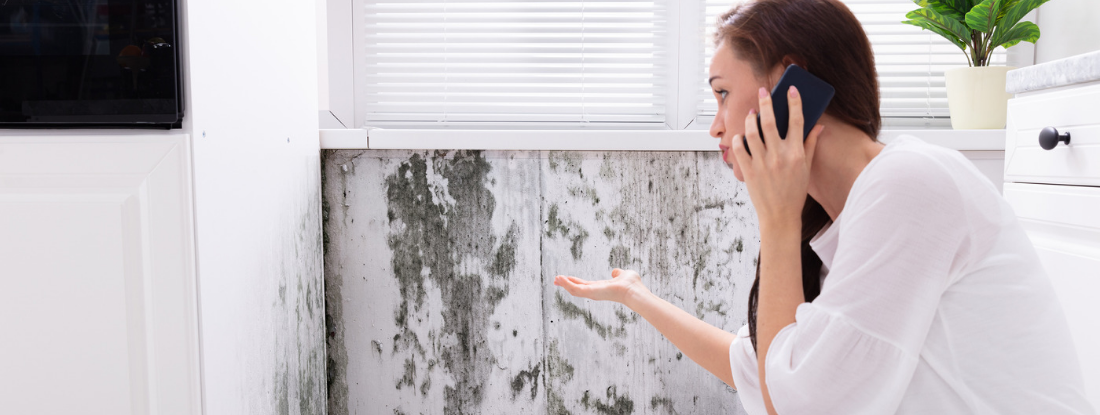Crafting a Thorough Post Mold Remediation Report
Crafting a Thorough Post Mold Remediation Report
Blog Article
Your Ultimate Overview to Message Mold Removal Methods
Navigating the realm of post-mold remediation techniques is a meticulous process that requires interest to information and a thorough understanding of the details entailed. In the after-effects of mold and mildew invasion, knowing how to properly eradicate the mold and stop its reoccurrence is vital for maintaining a healthy and balanced interior setting. From choosing the right cleansing and disinfecting approaches to carrying out techniques for lasting mold and mildew avoidance, each step in the removal journey plays a critical function in guaranteeing an effective outcome. As we get started on this exploration of post-mold removal strategies, we will certainly uncover the key strategies and best practices that can assist you restore your space to its pre-mold problem and safeguard it versus future mold threats.
Recognizing Post-Mold Removal Process
After completing the mold remediation procedure, it is essential to understand the post-mold remediation strategies that are essential to guarantee a complete and efficient cleaning. As soon as the mold and mildew has been eliminated, the next action includes cleaning and sanitizing the affected areas to prevent any kind of regrowth of mold. This includes making use of specialized cleaning up agents to clean down surface areas and eliminate any type of remaining mold spores. It is necessary to dry out the area completely to inhibit the growth of mold in the future (testing air quality after mold remediation). Correct ventilation and dehumidification can help in this procedure.
In addition, conducting a final inspection post-remediation is vital to guarantee that all mold has been successfully eradicated. If the examination discloses any kind of sticking around mold and mildew, extra remediation might be necessary.
Effective Cleaning Up and Decontaminating Methods

Preventing Future Mold Development

Value of Appropriate Air Flow
Proper ventilation plays a crucial duty in stopping moisture buildup, a key consider mold development within indoor settings. mold removal wall Efficient air flow systems help get rid of excess humidity from the air, lowering the possibilities of mold spores locating the moisture they require to germinate and spread out. Without appropriate air flow, indoor areas can come to be a breeding place for mold and mildew, resulting in possible health risks and architectural damage.
By guaranteeing correct air circulation, air flow systems can likewise aid in drying out moist locations faster after water damage or flooding cases, further preventing mold and mildew growth. Post Mold remediation cleaning. Precede like shower rooms, attic rooms, basements, and cooking areas where wetness levels often tend to be greater, installing and preserving reliable ventilation systems is critical in avoiding mold invasions

Surveillance and Upkeep Tips
Offered the vital duty that correct ventilation plays in avoiding mold and mildew development, it is essential to establish efficient monitoring and upkeep ideas to ensure the continued functionality of air flow systems. Regular assessments of ventilation systems should be conducted to original site look for any indicators of blockages, leakages, or malfunctions that could hamper proper air movement. Monitoring moisture levels within the building is also critical, as high humidity can add to mold development. Installing a hygrometer can assist track moisture levels and sharp homeowners to any kind of spikes that may need focus. Furthermore, making certain that air a knockout post filters are regularly cleaned up or changed is crucial for keeping the performance of the ventilation system. Carrying out a schedule for routine upkeep tasks, such as air duct cleansing and heating and cooling system examinations, can help protect against problems prior to they rise. By remaining conscientious and positive to the condition of air flow systems, homeowner can successfully mitigate the danger of mold regrowth and preserve a healthy and balanced interior setting.
Verdict
To conclude, post-mold removal methods are vital for guaranteeing a safe and tidy setting. Comprehending the process, applying efficient cleaning and disinfecting approaches, stopping future mold and mildew growth, preserving appropriate ventilation, and routine monitoring are all vital action in the remediation procedure. By complying with these guidelines, you can effectively get rid of mold and stop its return, advertising a healthy living or working space for all passengers.
In the aftermath of mold and mildew infestation, knowing just how to efficiently get rid of the mold and avoid its reoccurrence is paramount for maintaining a healthy and balanced interior environment. When the mold has actually been gotten rid of, the next action entails cleaning and decontaminating the influenced areas to avoid any regrowth of mold and mildew - what to do after mold remediation. After removing visible mold and mildew development, it is vital to cleanse all surfaces in the affected area to remove any kind of remaining mold spores. To additionally boost mold prevention actions, it is vital to attend to underlying concerns that initially led to mold development.Given the vital function that correct air flow plays in preventing mold growth, it is necessary to develop reliable surveillance and upkeep ideas to ensure the continued capability of air flow systems
Report this page